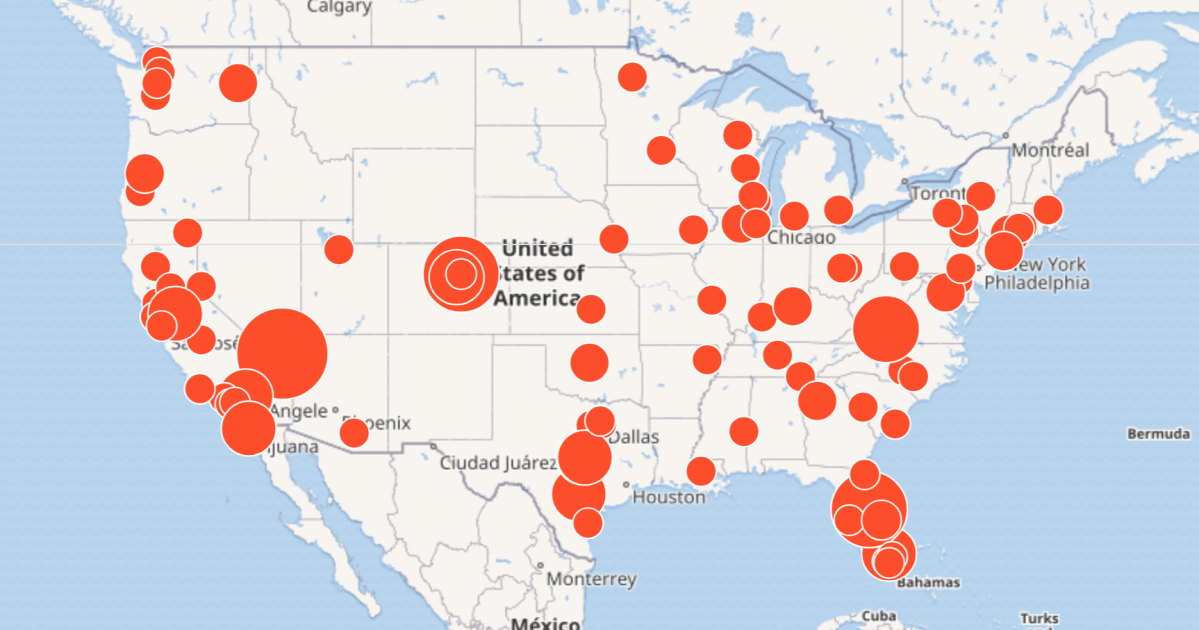While there was an active militia system in each colony by 1670, those militias were laughably inept by the end of the French and Indian wars. We might not have had a police department, but we did have British soldiers garrisoned throughout the colonies and it was upon them that the colonists depended on for defense against native Americans and to keep the peace. Not until the stamp act did that begin to change. And while you are right, the militiaman was expected to provide both his weapon, his gunpowder, and his ammunition, for the most part, those weapons were not kept in the home, they were kept in the Armory, which was the destination of the British forces during the battles of Lexington and Concord.
Regarding the effectiveness of the militia, this quote from George Washington.
If I was called upon to declare upon Oath, whether the Militia have been most serviceable or hurtful upon the whole; I should subscribe to the latter. – George Washington, September 1776
Albeit from 1776, he may have changed his mind by 1782. But you also have an exaggerated belief concerning hunting during the colonial period, as well as the widow yielding a shotgun to defend her chickens. Gun ownership was nowhere near as prevalent as you want to believe. They were expensive, most of them were very inaccurate, and they were difficult to maintain.
Hundreds of people lived in this valley in 1700. You could count the people living in this valley in 1750 on your hands. It was called the Indian Wars. And during those times there was basically one gun in the valley. Henry Weidner, who spoke German and Cherokee, and hunted throughout the Appalachian area. He was deadly accurate, a Pennsylvania long rifle, and his reputation was known throughout the local Indian tribes. It was that same rifle, yielded by his son, that took Fergunson off his horse at King's Mountain.

